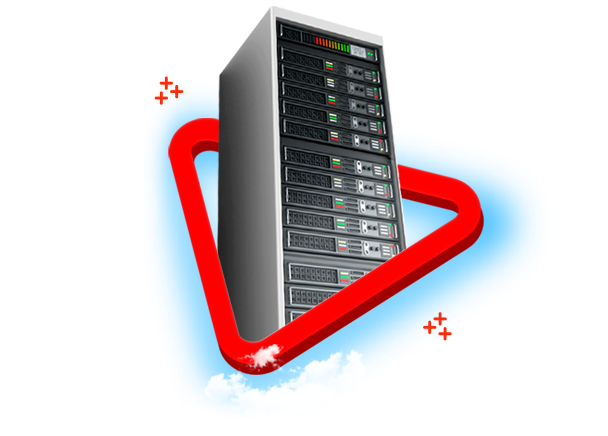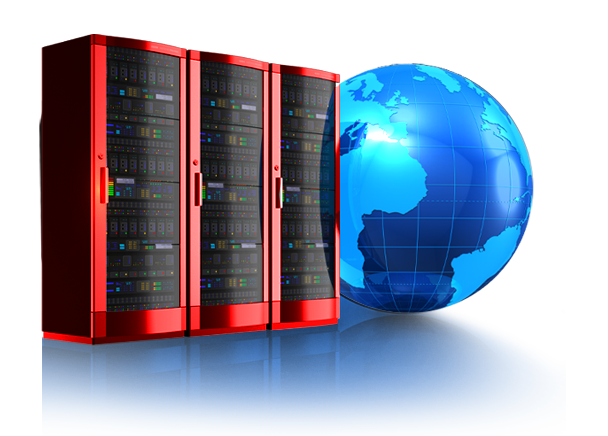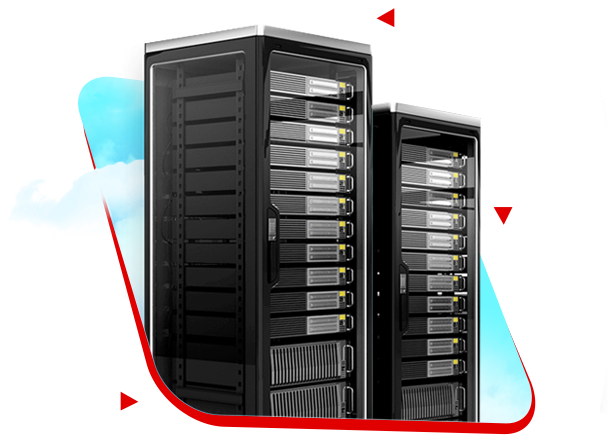
Before we introduce the database, you should understand its use.
We know that these days the world is governed by technology. In various technology platforms, data is generated that conveys your message to the person on the other end of the line. It doesn’t matter if this message is going to reach the other party through your website or if one of the existing applications (such as Telegram) is responsible for this task, in all cases it is the data that delivers the message to its destination. To store data, we need a space known as a database.
You can store all the information in the database. For example, data related to different people such as name, age, weight, phone number, address, bank account information, etc. Or even images, videos and site contents!
If you would like to understand the nature and mechanism of database and to get acquainted with database management system and types of database, stay with us.
What is a database?
Table of Contents
A database is actually a place to store data in an organized manner. With the help of a database, you can save your data on an electronic space such as a laptop hard drive or on a host; So whenever you need to change and manipulate data or want to manage your data, you can easily do this with the help of a database.
If we want to make this more clear and understandable, the best way is to step into the real world and list the places where the database is used.
Suppose that you need a phone number right now and you call the telecommunications information center; This center gives you a phone number with user information such as first and last name, place of residence and details you provide. In fact, the operator accesses this information through the database and provides it to you.
Another example we can give in this field is how the electricity department accesses customer information. If you have reported the problem of power failure, or if there is a problem in calculating the cost of your electricity consumption, or if you need to issue a duplicate bill to know the cost of your electricity consumption, the electricity company will access this information through the database and respond to the request you submit. you have done, it will take care of it.
Even Facebook and Instagram, which you use every day, store data in the database, so that users can easily use these programs and have access to all the information they want.

What are the types of databases?
The database has different examples and according to the need, you should choose which one suits your work. In the continuation of this section, we will learn about the types of databases.
1) Distributed database
A distributed database consists of two or more databases located on different computers that usually appear as a single database in programs. In other words, although the information is not stored centrally in this database, the distributed database looks integrated from the eyes of users and those who have access to them.
2) Personal database
Personal databases are used to store data in personal computers. These databases are compact and can be easily controlled. Personal database data is usually owned by an individual or a small group in an organization. For example, you can create your own database using Microsoft Access software.
3) object-oriented database
Object-oriented database is a combination of relational database and object-oriented programming.
In object-oriented databases, information is organized as objects instead of being stored as data. These types of databases support the storage of various types of data. Objects stored in the database have properties that define how they are used. PostgreSQL can be mentioned among the object oriented databases.
4) Relational database
A relational database consists of a series of tables in which data is stored and classified. Each table in a relational database has a number of rows and a number of columns. In each row of this table, there is a data that is related to an entity. This entity is expressed in the column of the table.
5) NoSQL database
NoSQL databases are used to store and manage large sets of distributed data. These types of databases have nothing to do with tables and are also known as non-relational databases. These types of databases are usually used for big data management. Big data includes structured, semi-structured and unstructured data.
Note: In unstructured big data analysis, it is necessary to use multiple cloud servers.
6) Cloud database
Cloud database is a database designed for cloud storage and based on cloud computing technology. Cloud databases have many advantages. Among them, we can mention the possibility of accessing the database 24 hours a day, the possibility of creating a database on the cloud environment at an affordable cost, and the high scalability of the database. In general, you can manage the databases on this space at any hour of the day and store information in the database indefinitely.
Organizations can develop their business applications as SaaS using a cloud database.
7) OLTP database
OLTP databases (short for Online Transactional Processing) are used for environments that require multiple accesses. In an OLTP database, data is usually inserted, updated, or deleted. For example, ticket companies and banks can use these databases. These databases are used to maintain data integrity and fast information processing.
8) Graph database
Each graph consists of a number of points and lines. In Graph Database, points are entities and lines define the relationship between these entities. This type of database is usually used to review and analyze communications. For example, companies may extract data about customers in social networks with the help of a graph database.
What are the components of a database?
Databases usually consist of 5 main parts. These sections are:
-
hardware
Database hardware consists of physical or electronic devices such as computers, input/output devices, storage devices, etc. These devices are the interface between computers and the real world.
-
software
This collection includes programs that are used to manage and control the database in general. This section usually includes the database software itself, the operating system, and the network software used to share data between users and applications.
-
data
Data includes facts, observations, perceptions, numbers, characters, symbols, images, etc., which acquire meaning after processing. Data may seem simple, but this simplicity is not a reason to organize it. Rather, the data may be unorganized while appearing simple.
-
Procedures
A procedure is a set of instructions and rules that help you use a DBMS (Database Management System). In fact, the procedures are the things that define the design and methods of the database, and users can use the database by learning them.
-
Database access language
The database access language is used to access the data in the database, insert new data, update existing data or retrieve the required information from the DBMS. It is with the help of this language that the user can read or insert new data from the database according to the appropriate commands.
What is a database management system (DBMS)?
A database management system (DBMS) is a set of programs that enable users to access, manipulate, and report on a database.
Database management system capture or display the data stored on the database. Also, this system provides the possibility of controlling access to the database. In fact, DBMS is a software that acts as an interface between the user, the database and the application.
It might be interesting for you to know that database management is not a new concept and has been around since 1960.
History of database management system
Here we bring you the historical course of the database management system.
1960 – Charles Bachmann designed the first DBMS system.
1970 – Mr. Codd introduced the IBM Information Management System (IMS).
1976 – Peter Chen presented the institutional relationship model, also known as the ER model.
1980 – The relational model was recognized as an accepted concept in databases.
1985 – Object-oriented DBMS created.
1990 – Object-orientation merged with relational DBMS
1991 – Microsoft MS Access made it possible to create a personal DBMS.
1995 – The first Internet database program was introduced.
1997 – XML was applied to database processing.
Types of database management systems
There are 4 types of systems, which are:
- Hierarchical model
- Network model
- Relational model
- Object oriented model
Hierarchical model
In this database model, data is organized in a format similar to a tree and stored from top to bottom or bottom to top. The relationship of these databases is according to the model of parent and child. In these patterns, each parent may have multiple children, but each child has only one parent.
Network model
A networked DBMS allows each child to have multiple parents. This helps you organize modeling of more complex relationships, such as many-to-many relationships. In this model, entities are organized in the form of a graph and are accessible through several paths.
Relational model
The relational model is one of the most widely used DBMS due to its simplicity. Data in the relational model is stored in fixed structures in rows and columns of tables and manipulated using SQL.
Object oriented model
In the object-oriented model, data is stored as objects. In this model, there are structures called classes in which the data is placed and the value and type of operations they perform are known.
The most popular database management system
Popular DBMS systems include:
MySQL
Microsoft Access
Oracle
PostgreSQL
dBASE
FoxPro
SQLite
IBM DB2
LibreOffice Base
MariaDB
Microsoft SQL Server
And at the end…
In this article we talked about database, its types and database management system. Now you know how and where the data that is generated daily is stored and how it is managed.
You are also aware that the choice of database type is different for every organization. For example, a program like Instagram, which deals with big data and the amount of data produced in it is very large, obviously uses a cloud database; But for the database of a system such as a bank where people’s access must be limited, it is better to choose the right database management system so that data management and people’s access level can be controlled.
If you have any questions about databases, be sure to ask us.
CATEGORY:Blog











